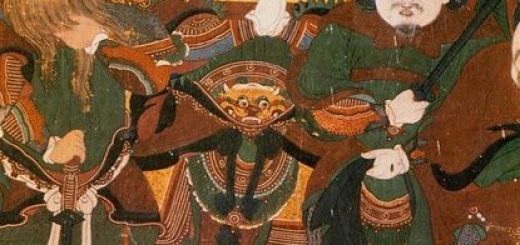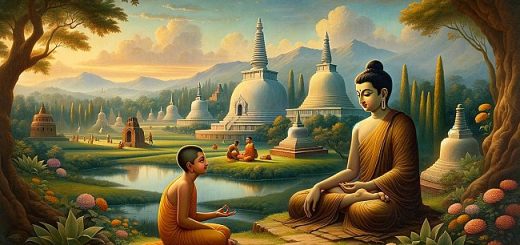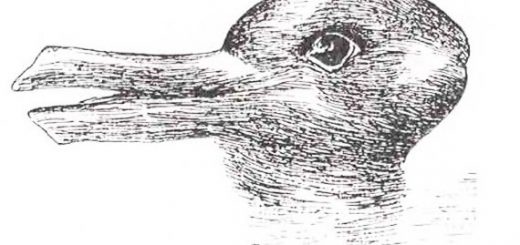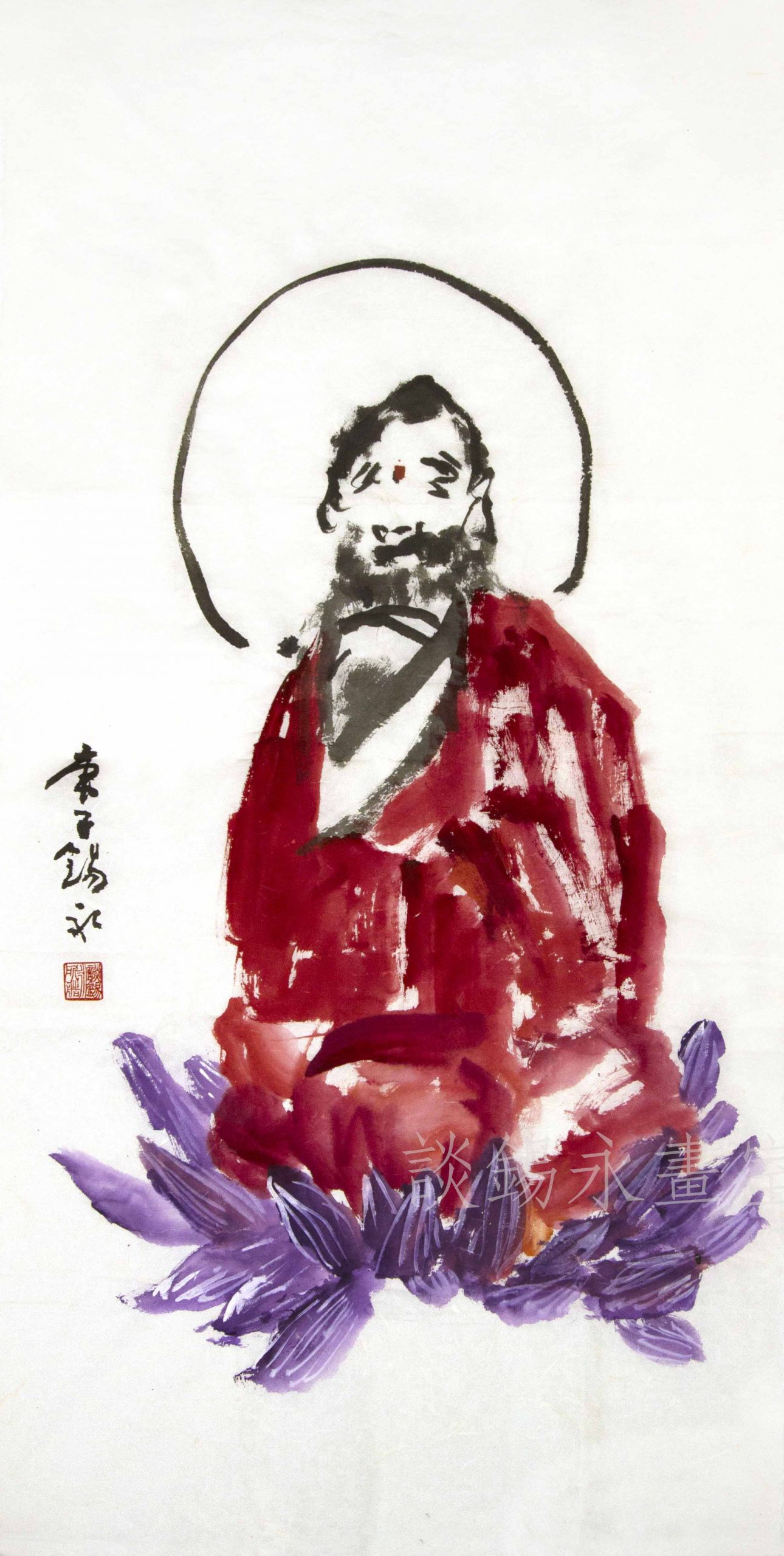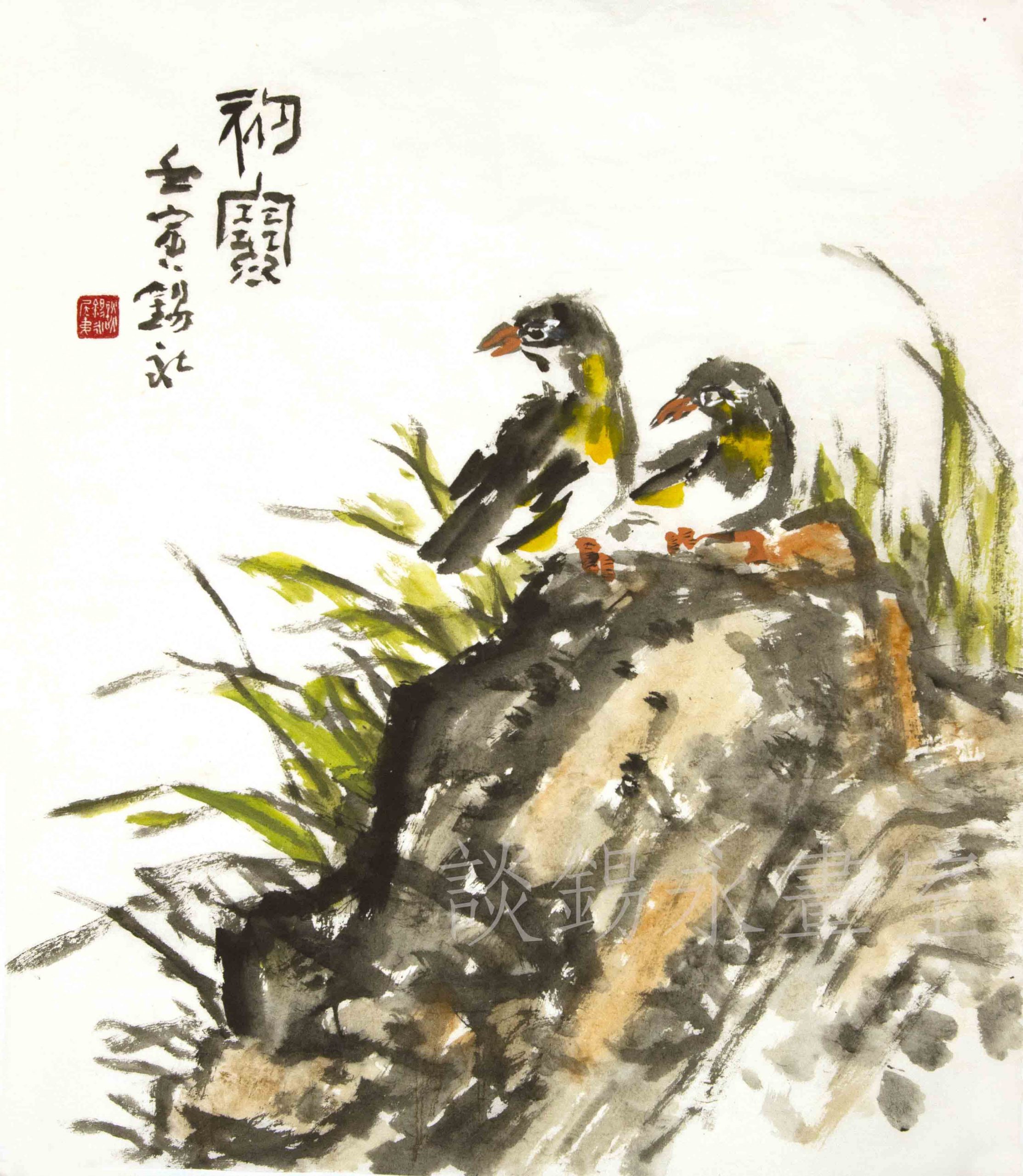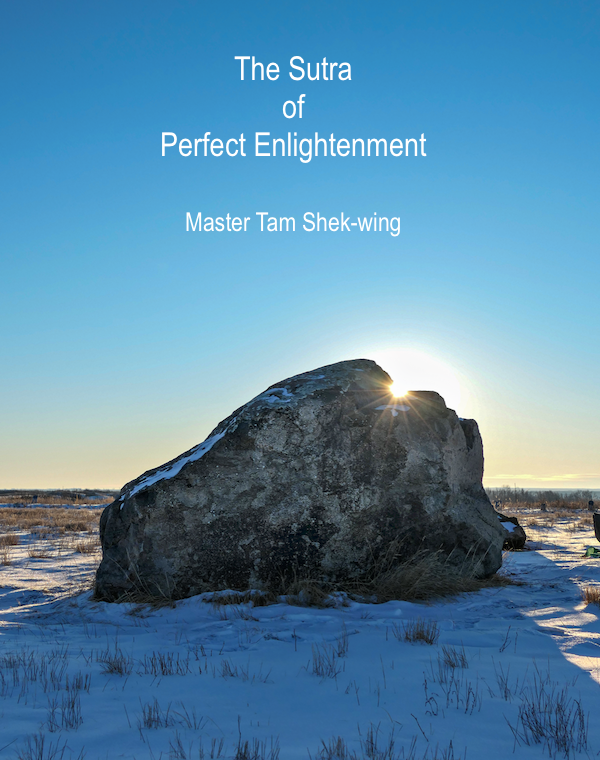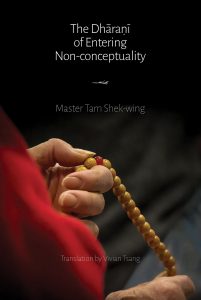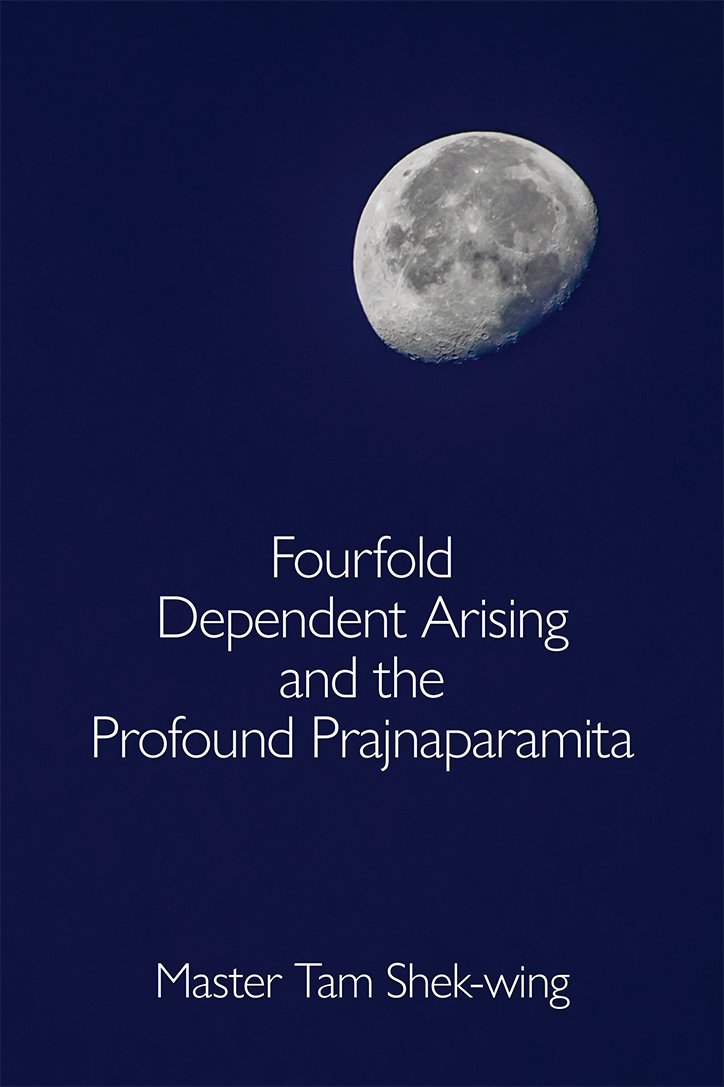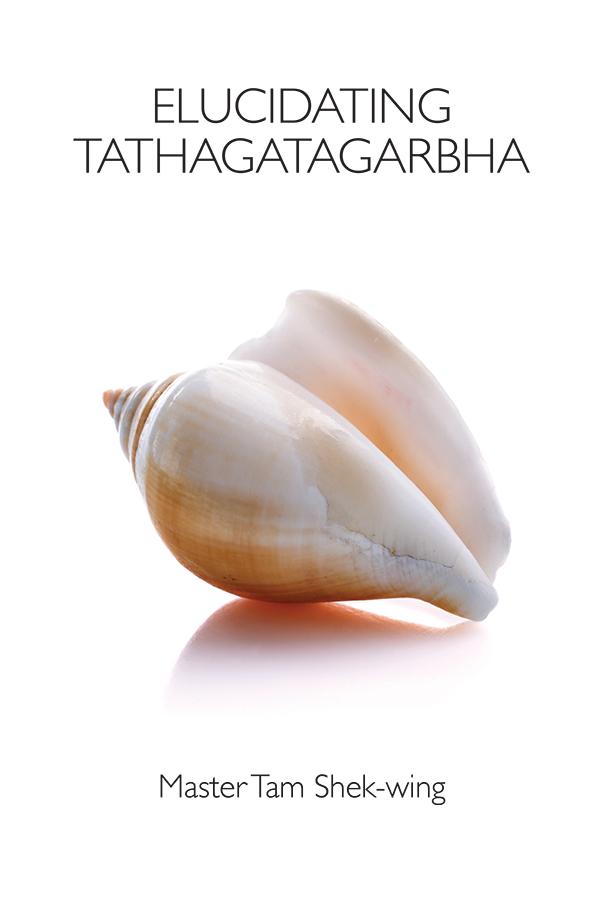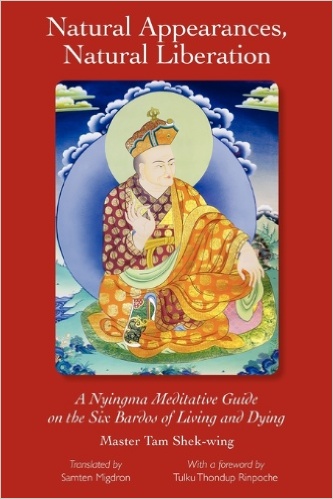Perfect Enlightenment 23: Voice of Discernment
Translator’s note: In the previous column, Buddha illustrated the three practices of śamatha, samāpatti and dhyāna. While different, like sunlight, whether it is a ray through a slit into a dark room, or sunlight in the wide open, they are like the many roads leading to Rome. As usual, the name of the inquiring bodhisattva also sheds light on the nature of the dialogue with Buddha. Here, with Voice of Discernment’s question, Buddha begins to highlight the different practical variations. A total of 25 kinds, depending on the different aptitudes or faculties, they aim to shed light on the limits of reality, dispelling ignorance and burden from ground to ground to the perfection of enlightenment.
For the interested reader, you can also click here for the table of contents to revisit the dialogue between Buddha and previous bodhisattvas.
Show scripture (Chinese). 於是辯音菩薩在大眾中即從座起,頂禮佛足右遶三匝,長跪叉手而白佛言:「大悲世尊!如是法門甚為希有!世尊!此諸方便一切菩薩於圓覺門有幾修習?願為大眾及末世眾生,方便開示令悟實相。」作是語已五體投地,如是三請終而復始。 Show scripture (English). Then the bodhisattva Voice of Discernment rose from his seat in the great assembly, and bowed to the Buddha’s feet. He bowed to the feet of the Buddha and circumambulated him three times to the right. He then knelt down with his hands clasped and addressed the Buddha saying: “Greatly Compassionate World Honored One, this teaching is quite wondrous! World Honored One, for all the bodhisattvas engaged in the teaching and practice of Perfect Enlightenment, how many different kinds of these expedient methods are there? I beseech you to use expedient methods to teach those at this great assembly and sentient beings of the degenerate age, and cause them to awaken to the marks of reality.” Saying this, he prostrated to the ground. He asked this question three times in succession. The eighth inquiring bodhisattva was Voice of Discernment, but in terms of the practice, he was the seventh. In answering Majestic Virtue’s question on the different expedient devices, Buddha said there were śamatha, samāpatti, and dhyāna. Voice of Discernment then asked, how many different practices can be established based on the three? Why was there such a question? The reason is twofold. The practice of alternation... Firstly, the practices, either meditation or conduct, require alternation. The alternating practice is most pronounced in the practices from the second ground to the tenth ground. Bodhisattvas on the nine grounds, having no new expedient practices, would repeat the previous practices by alternating them. This way one can proceed from ground to ground. In Saṃdhi-nirmocana-sūtra, this is called the meditative object at the limits of phenomena (事邊際所緣境事). The alternating practice will persist even at the tenth ground. When the two types of ignorance and one burden are eliminated, one enters the path of non-learning, the causal ground of tathāgata. Secondly, practitioners are endowed with different aptitudes, the merits accumulated would also be different, resulting in different alternating practices. For example, for Nyingma practitioners, the three expedient practices could be a case of solely practicing development dharma, perfection dharma, or the coalescence of the two; it could also begin with development dharma, then alternating with perfection dharma and the coalescence of development and perfection; it could also begin with development and perfection, then alternating with the coalescence of development and perfection. This way, there are many different alternating combinations, which was what Voice of Discernment inquired about. Buddha said there were 25 such practices, which also coincides with Nyingma tradition of alternating practices. The non-duality of Sutrayana and Tantrayana... Among the tantras, I have yet seen any details pointing out the different practices, but here in the Sūtra of Perfect Enlightenment, Buddha said there were 25 kinds. This is worthy of note for Nyingma practitioners. The Nyingma tradition has three types of meditation conducts, how they can be expedient means of alternating, it is worthy of note for practitioners of Sūtrayāna. In truth, the various meditations, conducts and practices, there is not truly a distinction between Sūtrayāna or Tantrayāna. During Buddha’s lifetime, even a period after his passing, there were not documented discussions on the difference between the two. Consider Nāgārjuna and Asaṅga, they were clearly practitioners of tantra, even there was not such a label at the time. But because Nāgārjuna taught Madhyamaka and Asaṅga taught Yogācāra, they became esteemed masters in Sūtrayāna. Nowadays, many reject the idea that they were tantric practitioners. To call them tantric practitioners is not empty words, for Nāgārjuna authored treatises discussing the tantric practices that are now said to be inauthentic, or that they were authored by a different Nāgārjuna. In Asaṅga’s Mahāyāna-sūtrālamkāra-kārikā, there are discussions on how tantric practices correspond with a series of scriptures to one Buddhayāna (buddha vehicle). Yet, the realization discussed in it, no one seems to recognize them as the fruition from tantric practices. Since Buddha entered parinirvana, his descendants clearly went their different ways, and their different ways have not manifested into conceptual distinctions. If one insists on the conceptual biases, then the teachings in the Sūtra of Perfect Enlightenment can no longer coalesce with the tantric practices. If one considers that the Buddhist practice has no such divide between Sūtrayāna and Tantrayāna, then it would become clear that the 25 expedient practices do correspond with Nyingma tradition of alternating practices as a matter of course.Chinese:
English:
Commentary:
